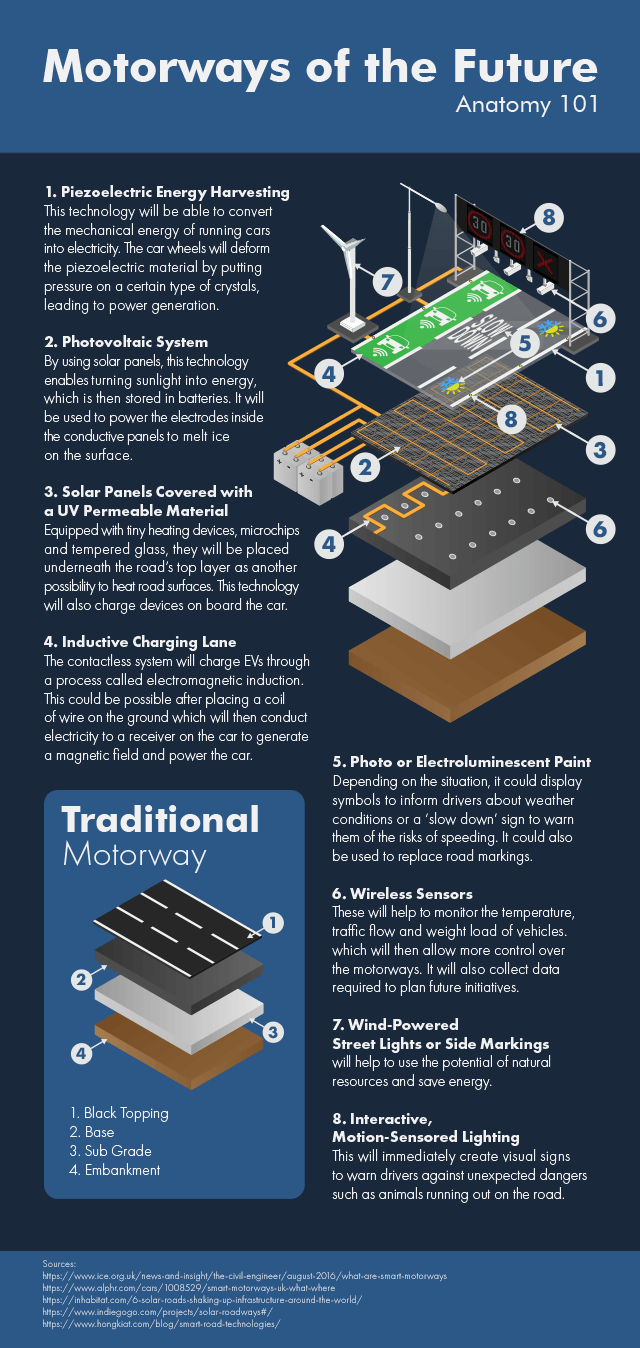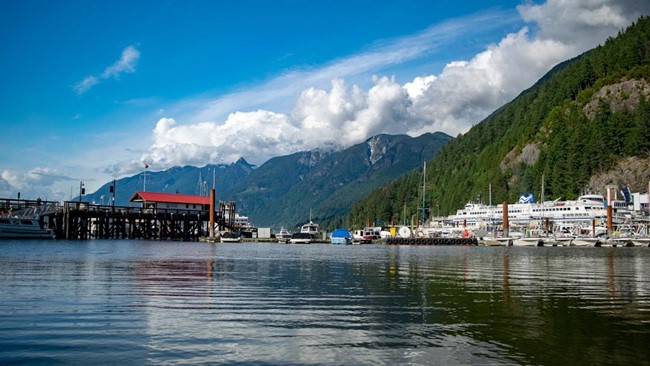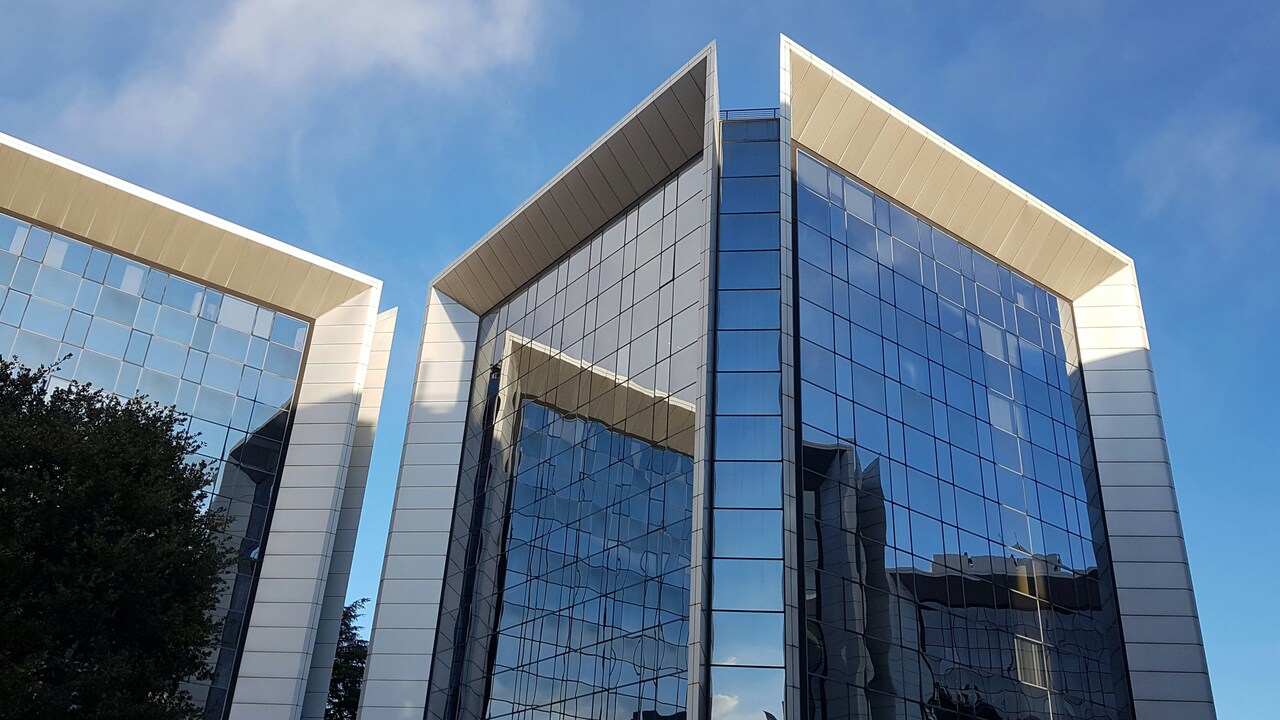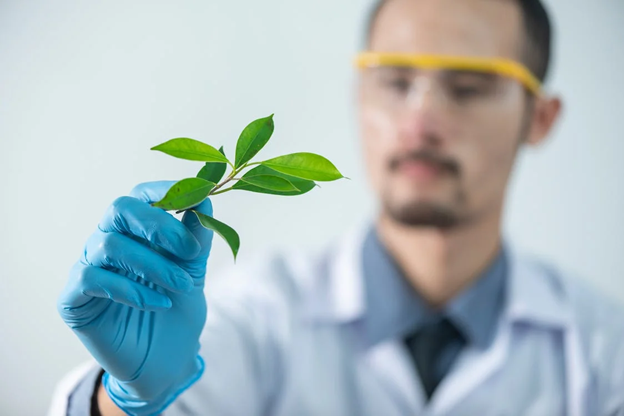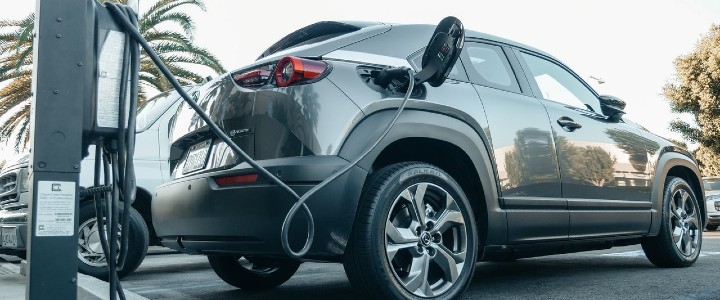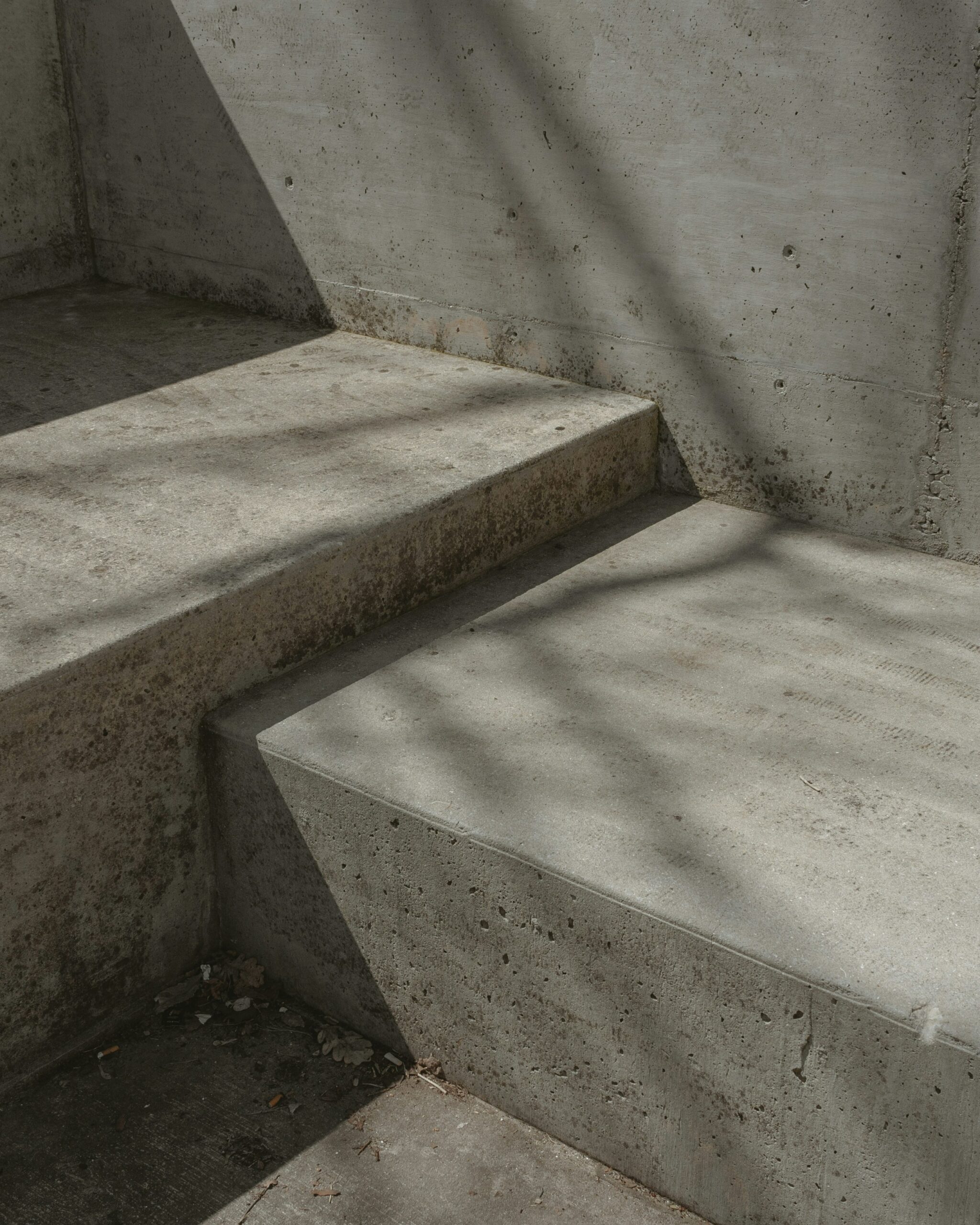Sustainable Motorways of the Future
The concept of smart motorways has been around for quite some time now. But what is it exactly?
Smart motorways are upgraded stretches of road which include variable speed limits, dynamic hard shoulders, monitoring sensors, and cameras. Britain is one of the leading innovators in road management, with it’s system known as active traffic management. Even though it’s already working well, it is still being improved with technologies such as drones, smart LED road studs, and built-in sensors.
But now smart is not enough. We want our motorways to be sustainable and support our ever more sustainable cars.
One project that seems to be a match made in heaven for electric vehicles are solar roadways. The main idea behind this technology is to substitute standard roads covered by tarmac with extra durable solar panels. The panels used would need to be able to act as screens, displaying speed limits, warning of lane closures, capturing solar energy at the same time. The collected energy could then be used to power both road signs and in-car items.
‘Electric’ roads are another possibility to create sustainable roads. These motorways, for example, would be equipped with a certain road surface fitted with inductive charging systems. They would work thanks to wireless charging, known to most of us by charging devices such as electric toothbrushes or tablets. Wiring systems installed below the roads would create an electromagnetic field, which would be then transferred to receivers, directly powering running vehicles.
Electric buses in Milton Keynes are an example of this technology as they have charging panels placed at depots. Similar projects are considered for parking lots – if used on a larger scale, this would significantly reduce carbon emissions from vehicles.
Another way to make motorways sustainable is maintenance. Scientists are now thinking of ways to make sure they don’t need repairing every six months, thus consuming less labour, money and being more environmentally friendly. Researchers at Cambridge, Bath and Cardiff Universities may have found a solution in the form of ‘self-healing concrete’. It’s a concrete blend that uses a special bacteria which produces limestone when water enters a crevice in the concrete, sealing the crack before it widens.
Although so far most of these ideas are being criticised, only time will tell how many of them will actually happen in the future. The best case scenario would be if we managed to develop and implement 90% of new, clean technologies. As for now, we can only try to reduce our carbon footprint by changing our means of transport to a more sustainable one, be it an EV, public transport or a bike.

